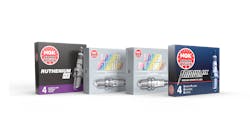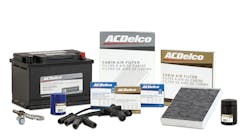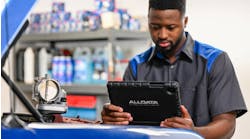Key performance indicators (KPIs) are the numbers that define a shop’s success or failure—the metrics that when collected, recorded, and analyzed correctly act as the lifeblood of a business, giving tangible and actionable information that helps industry leaders shape the future of their respective businesses.
Every business is different—but the numbers that affect repair shops are universal. And, knowing how to monitor and improve KPIs is an art.
That’s what The KPI Handbook is all about. Sponsored by AutoZone and built on data, benchmarks and industry averages from a recent Ratchet+Wrench Industry Survey of over 400 shops and past Ratchet+Wrench stories, The KPI Handbook is here to explain the most critical (and simple) shop factors to track. While shops of different sizes and locations have different challenges and opportunities, all shops should be able to make use of these simple strategies to bolster their revenue, inspire confidence in their team and clientele, and move forward into 2020 with an actionable plan to repair vehicles and grow their business.
Establishing and tracking KPIs can help provide a better understanding of your business and how you can grow your shop. It wasn’t by accident that AutoZone grew from a one-store business in 1979 to one of the leading suppliers of parts in the industry today. Together, the tools, experience and expertise of AutoZone, coupled with KPI data such as effective labor rate, technician efficiency and closing ratio, can help lead your business to better decisions and solutions.
Presented by AutoZone, The KPI Handbook is here to help identify the opportunities of today and help support the growth of tomorrow’s repair shops using industry tools and expertise from a legacy of solving challenges.
The KPI: Gross Profit on Labor
The KPI: Gross Profit on Parts
The KPI: Technician Productivity
The KPI: Technician Efficiency
The KPI: Average Hours Per Repair Order



